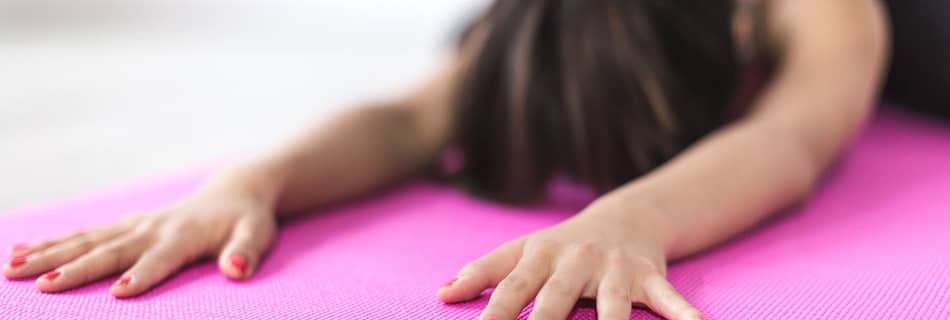My blog this morning is my comments on this article, “Is Learning on Zoom the Same as In Person? Not to Your Brain” by Stephen Noonoo. A link to the podcast is given at the end of my post. I think this is one of the most useful articles I read during this pandemic. For those of us who made a change from in-person classes to online classes in response to COVID-19, this article is very informative. I think in-person classes are best for younger kids and older kids have the ability to adapt. Children adapt more easily than us adults because they grew up with technology and don’t have to unlearn anything. We, adults, have to rid of our attachment to the old ways of doing things and REALLY have to change. What children do need to work on is regulating their self-control with devices, but that is a different topic. My husband and I are both teachers. Our jobs didn’t stop because of the pandemic. We moved our teaching online and tried to continue without disrupting our lives too much. I guess I am thankful that both of our children are teens now and have been using electronic devices for their communication with their friends, school, and homework. I am not the kind of parent who restricts our children from using devices. Rather, I encourage them to use it wisely as long as they exercise self-control, not letting the device “control” them. They manage to get good grades at school, contribute to household chores, are respectful at the dinner table when all of us gather for meals, and listen to our online worship service on Sunday mornings with my husband and me. They are not addicted to their devices and can leave them when it’s needed. We don’t have many options in the middle of a pandemic but to utilize what tools are available to use to continue learning. Just to reiterate these two things: 1) we are living with a global pandemic. There is no known reliable vaccine out yet. 2) In order to contain the spread of this virus, we have to stay vigilant about how we interact with others. We have to continue wearing masks when we gather with people outside of our family. And most of all, in order to continue learning, especially for our school-aged children, we have to rely on technology. Therefore, if we can remedy some of the problems with learning using Zoom, we can overcome the barrier to learning online and make our lives much more efficient. Response to Interview EdSurge: Can you briefly explain what Zoom fatigue is and why it’s a thing? Wiederhold:Sure. So it’s when you feel tired, anxious or worried after you overuse video conferencing. Part of the reason is there’s a slight lag. No matter how good your internet is, no matter how fast it is, it seems we have this millisecond—maybe a few milliseconds—delay. So the communication isn’t in real time, even though it seems like it is. Our brains subconsciously pick up on the fact that things aren’t quite right. And the fact that things are out of sync and we’re accustomed to them being in sync when it’s face-to-face communication, our brains try to look for ways to overcome that lack of synchrony. After a few calls a day, it starts to become exhausting. My Response: I think the remedy to the situation is by (1) using your cell phone with the video conference instead of using the audio on your computer. This way, at least the voice on the other hand will come out as “real-time” as possible; there is no lag on our telephone. (2) By using the telephone as your subsequent communication mean after the Zoom conference. (Given that you have an ongoing relationship or meeting with the other party.) I think sometimes seeing the person’s face once is enough. All the other interactions can be carried out by telephone subsequentially. EdSurge: I hear the term synchronous learning in education a lot to refer to Zoom calls where the teacher is on with a class of students and they’re learning live. But synchronous might not be so synchronous after all? Wiederhold: That’s correct. So face to face, we have synchronous communication. We also have other things that help us feel good when we’re face to face in conversations. We have releases of dopamine. We have the hormone oxytocin being secreted. Those are feel-good hormones. Then we have all the body language and the cues. You see a person just barely move their eyes, do a micro-expression, things like that. We can pick this up very easily in person, but we don’t always pick up those little nuances when we’re on a Zoom call. And if we do pick them up, they’re out of sync. You see a person smiling after they smiled. My response: I am very grateful for this piece of information and how Dr. Wiederhold made us aware of this fact. So now we know the shortcoming of this technology that it cannot completely replace human interactions. So, all we have to do is to make allowance for it and be more understanding of the situation. Just know that this type of learning is only temporary until we meet again or know that we have to supplement it with another in-person meeting sometime in the future but just not now. EdSurge: There is also an element of multitasking as we’re constantly looking around the screen, searching people’s faces. Wiederhold: When clients that tell me they’re getting Zoom fatigue, I tell them first and foremost don’t multitask. If you’re on a call, be on a call—don’t be looking at your phone, don’t be looking at your email. Also, if, if you’re on a work call and somebody asks you a question and you haven’t been paying attention, it becomes a little bit embarrassing. The chat function can be distracting to some people, but it can also be a nice place to send document links.Yes, this is very …
Read more ““Is Learning on Zoom the Same as In Person? Not to Your Brain?”


